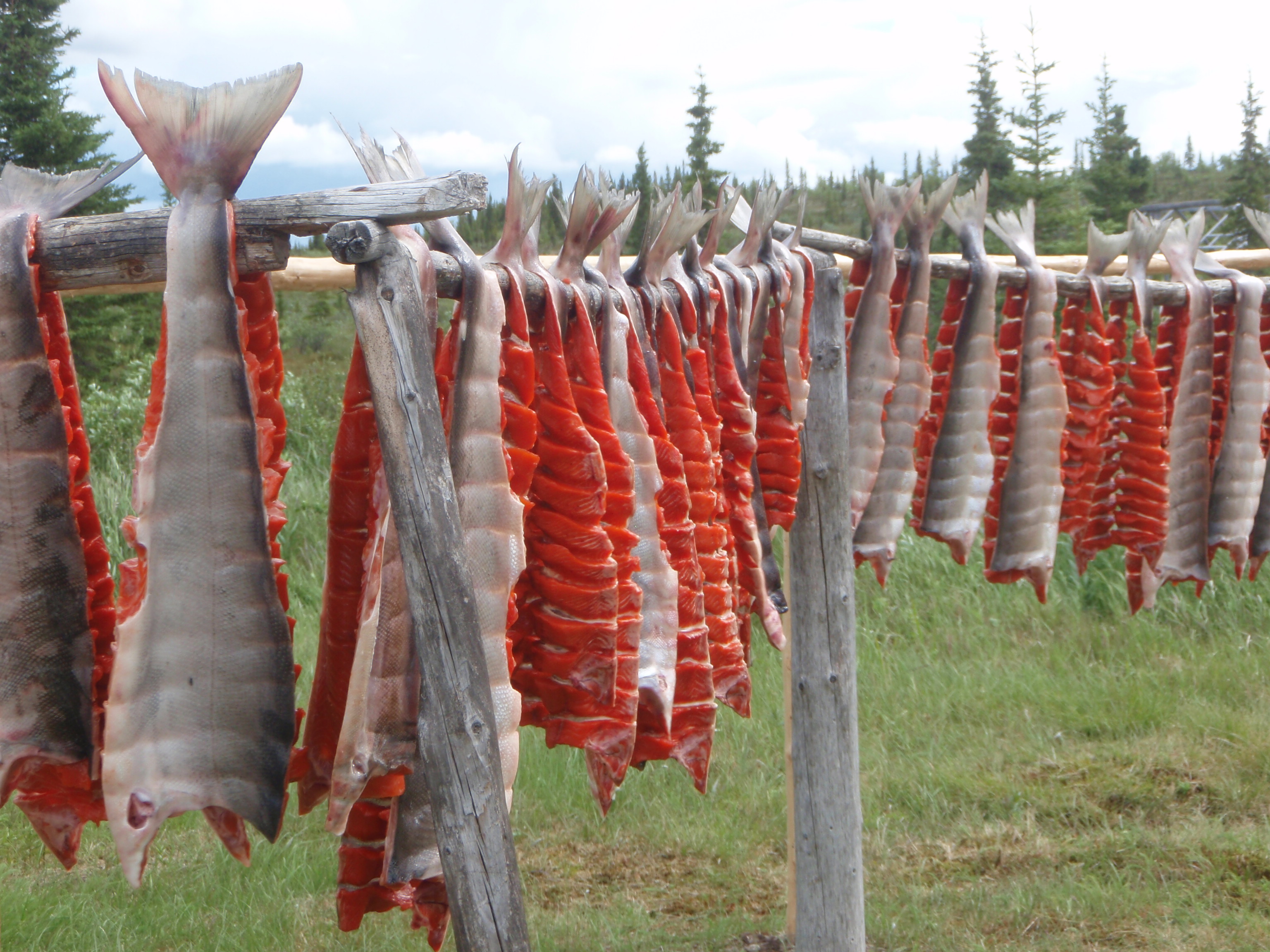Alaska health officials now recommend much higher Vitamin D supplements
In some cases, the new recommendations are double the old ones, or even higher.

In Alaska, as in the rest of the circumpolar North, residents struggle with deficiencies of Vitamin D, a bone-strengthening nutrient the body absorbs from sunlight. The problem is especially serious for Alaska’s indigenous children: From 2001 to 2010, Alaska Native children under the age of 10 had almost twice the national rate of rickets-associated hospitalizations.
Now Alaska health officials are recommending a big increase in Vitamin D supplements for children, infants and pregnant women.
The advisory comes after the Alaska Division of Public Health assembled its Alaska Vitamin D Workgroup, a panel made up of health care providers and other experts from Alaska, Canada and elsewhere. Details are in a bulletin report released by the division’s epidemiology section.
For infants, the recommendation is for a doubling of the 400 International Units (IU) of Vitamin D usually advised — supplements of 800 IUs for breastfed babies and 400 IUs for babies drinking formula, most of which is already fortified with 400 IUs per serving. For pregnant women, the new recommendation is for an even bigger increase in Vitamin Ds — another 1,000 IUs through supplements or diet on top of the 400 already in prenatal vitamins. For children and adults up to 70 years of age, the recommended level is 600 IUs, consumed through diet, supplements or a combination, and for elders 70 and older, the recommended level is 800 IUs.
There are multiple reasons for Vitamin D deficiency in Alaska and elsewhere in the far north, especially for indigenous peoples: little or no winter daylight, darker skin pigments that inhibit absorption of the vitamin from sunlight, and a shift — especially among younger people — away from traditional Native diets with foods such as salmon, seal and whale. That dietary trend — and associated Vitamin D deficiency — extends to areas of the Arctic beyond Alaska. In Greenland, for example, one study of adults found lowest levels in the youngest age group. In Canada, there is a similar pattern among indigenous peoples, with less reliance on a traditional diet linked to lower Vitamin D levels.
One Canadian study found rates of rickets among children that even higher than the rate in Alaska, said Joe McLaughlin, Alaska’s state epidemiologist and an author of the newly issued report. That study, which looked at data from 2002 to 2004, found a rate of 2.9 cases per 100,000 children, compared to Alaska’s 2001-2010 rate of 2.23 per 100,000, he said. Incidents of rickets were most frequent among breastfed children in the far north, he said.
Alaska is not the first far-north jurisdiction to recommend boosted Vitamin D supplements, McLaughlin said. The Canadian Paediatric Society in 2007 developed its own guidelines for vitamin D supplementation, which included a recommendation of 800 IU a day for infants living above Latitude 55 in the winter months, meaning October to April, he said. The society is now considering an update that would recommend 800 IU year-round, he said.
The new Alaska Vitamin D recommendations are not mandatory, McLaughlin pointed out.
“These are recommendations for health care providers to consider; they are not requirements,” he said in an email. “Clinicians should use their best judgment when determining whether or not to increase vitamin D supplementation for the infants and pregnant women they care for.”
The Vitamin D workgroup is continuing to study the issue and may present more recommendations as information is gathered, the report said.
The full extent of Vitamin D deficiency in Alaska is not well understood.
“Because rickets is not a reportable condition in Alaska, it is difficult to ascertain statewide rates and characteristics of cases not identified in scientific studies,” the report said. Additionally, there has been little study of rickets in non-Native children in Alaska, the report said. Much of the knowledge about Vitamin D deficiency comes from research done in Canada, it said.
Yereth Rosen is a 2018 Alicia Patterson Foundation fellow.